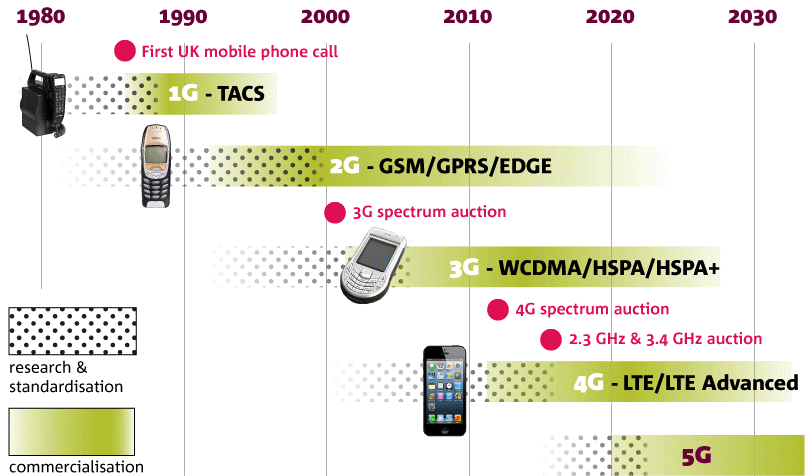Wireless Network Technology May Help You Choose!
The type of wireless network technology available may help you decide which prepaid wireless provider to choose. Consider these tips and questions to ask yourself during your research process.Network technology is the actual type of technology used to build the cellular network. Just like LCD and Plasma televisions are two types of screen technologies, wireless has a number of different technologies, including:

- GSM
- CDMA
- iDEN (decommissioned in 2013)
- HSDPA(+)
- WiMAX
- LTE
- Etc...
- All wireless network technologies have evolved to the point where voice quality is relatively indistinguishable. Quality has more to do with how the technology is built out (i.e. how much money is invested in number of towers, engineers to monitor and maintain them, etc.). So when considering technology as a potential choice, I would suggest focusing on the following:
- Data speed- Probably the most notable difference between technologies is data speed. While you largely won't notice this when you're using email clients on your smartphone, browsing the Internet, and watching YouTube videos and other streaming media or online gaming will be noticeably impacted. The technologies list above do not show the range and complexity of technologies available. For example, CDMA has different types of networks such as 1xRTT, EVDO-Rev0, EVDO-RevA, 3G, etc. This is a conversation for another time, but generally speaking, the best way to see if the speed meets your needs is to try to do something that you commonly do and see how it performs (ex. watching a You Tube video). You should be able to do this in a store before making a purchase. Historically, CDMA technologies always had noticeably faster speeds than even the latest GSM technologies, and iDEN (ex. legacy Nextel, which merged with Sprint) was so slow it was virtually useless for any real data intensive application. Of course, as the worldwide industry has shifted to the LTE standard, you may not have a lot of work to do here.
- Compatibility- Although different wireless network technology is used throughout the world, GSM has historically been the most common, and especially in Europe where it was considered the standard since day one. So if you travel a lot, this may be very important to you if you want to ensure backwards compatibility (from 4G LTE to GSM 3G). It's important to note, however, that not only does the technology have to be the same, but the frequency must also be the same. Most high end phones these days support multiple frequencies, and can be considered globally compatible. The best advice I can give is to check with the wireless provider to make sure that the countries you're most interested in are compatible. Generally speaking, GSM will be the most widely compatible, even today as the technology is shifting to other standards.
- Phone variety - Historically I would describe this as a meaningful difference when it was GSM versus CDMA. The former having much higher worldwide penetration resulted in a materially greater variety and lower prices. However, I don't see this as an important factor with LTE technologies that is essentially the current global standard.
- Flexibility- SIM-based technologies offer people greater flexibility to unlock our phones and use them on different compatible carriers, or to travel abroad and use a foreign SIM card. CDMA-based technologies don't allow for that type of flexibility, and it's very common for carriers with compatible networks to not allow you to bring another provider's phone for activation on their network. There has been some movement from the FCC prohibiting certain locking behavior, however, there are still some hoops you need to jump through. Note that LTE technology is all SIM based, so the CDMA problem largely impacts people with older phones who are looking to travel or change carriers.
Home
›
Compare Wireless Plans - How To Choose
›
Wireless Network Technology
| Be Heard! Let prepaid wireless providers know what you want; fill out the survey now. |



Comments
Have your say about what you just read! Leave a comment in the box below.